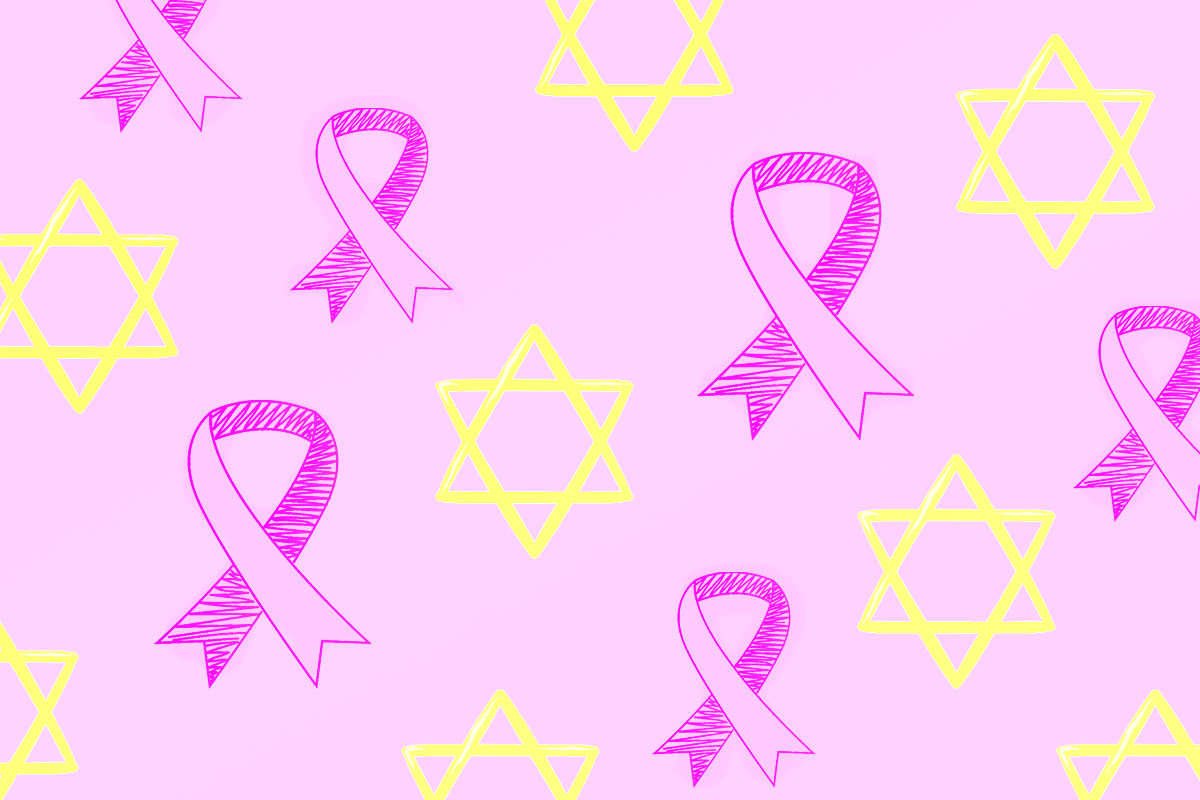There are new mammogram guidelines out, and despite some confusion around them, they’re an especially important reminder for Jewish women.
According to a new recommendation from U.S. Preventive Services Task Force, women should start getting mammograms at age 40, and get one every other year. The guidelines come following an uptick in cases of breast cancer among women in their 40s and younger. It was previously advised to only start regular screening at age 50. These guidelines apply to people assigned female at birth who have an average risk of breast cancer.
The screening at 40 could help reduce mortality from breast cancer by 20%, according to Dr. Carol Mangione, the co-author of the new guidelines. That’s about 8000 avoided deaths, as currently about 42,000 women and 500 men die from breast cancer each year. Some doctors believe that every other year is not sufficient, suggesting that women get a yearly mammogram instead. The American Cancer Society counsels a screening every year starting at age 45.
Breast cancer is the second leading cause of cancer death for those assigned female at birth. Black women are 40% more likely to die of breast cancer, due to “structural racism and health equity problems,” according to Mangione. These new guidelines could help catch the cancer before it metastasizes and when it has a much higher survival rate.
The current screening guidelines are different for women with BRCA1 or BRCA2 gene mutations, who are at higher risk for breast cancer. These gene mutations are especially common in Ashkenazi Jewish women (the mutation can also be passed down by dads, not just mothers). According to the CDC, one in 40 Ashkenazi Jewish women have a risk of carrying the mutation. About 50% of women with BRCA mutations will get breast cancer before age 70, as opposed to the current 13% of women in the general population. If you are a carrier of one these gene mutations, the recommendation is to get an MRI and a mammogram each year, starting at age 30, according to the American Cancer Society.
You can find out if you are a carrier of the BRCA1 or BRCA2 gene mutation through genetic testing — we have some advice about free or cheap ways to get tested for the BRCA mutation.
Ultimately, these guidelines should lead us all to have important conversations with our doctors and OB-GYNs about testing (in fact, just like you call your mother, if you’re a Jewish woman over 40 reading this, maybe you should call your OB!). The takeaway is clear; the number of occurrences of breast cancer is rising, and we should all be as vigilant as we can. The good news is that breast cancer, if caught early, is highly curable, and these guidelines should help with just that.








